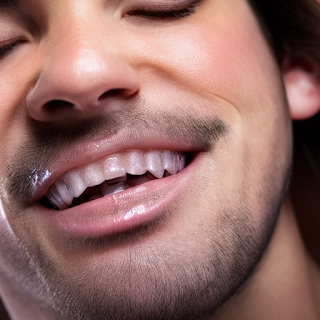Teeth grinding while sleeping: can we avoid it?
Bruxism, or teeth grinding as it is commonly called, affects between 10 and 20 percent of the population.
The problem? Left untreated, it can wear down and damage the teeth, leading to muscle contractures and tension headaches.
Why do we clench our teeth when we sleep?
Although bruxism can occur at any time of the day, it is more common to occur unconsciously at night.
It is common for many people to learn that they suffer from bruxism because their partner hears them grinding their teeth while they sleep.
What are the causes of bruxism?
One of the leading causes is usually stress or anxiety.
That is why people who have detected that they grind their teeth during the day usually do it in times of stress, such as driving, standing in a traffic jam, or simply being very concentrated.
Other causes may be a misalignment of the teeth (malocclusion), poor sleep habits, or inability to relax.
However, people who grind their teeth while sleeping are often unaware that they are doing it, although sometimes the cause is similar.
Symptoms of bruxism
Some of the most common symptoms of people suffering from bruxism tend to be:
- Sore facial muscles
- Headaches
- Earaches
- Temporomandibular joint (TMJ) pain
- Broken teeth
- Sensitive teeth
- Is there a treatment?
The treatment of bruxism is mainly aimed at reducing the patient's muscular pain, preventing tooth wear, and avoiding damage to the jaw.
First of all, the cause must be determined. If it is associated with a malocclusion that prevents the patient from biting stably, the ideal treatment would be orthodontics. In cases where the teeth are badly worn, they should be reconstructed to restore their lost anatomy and function. Once the patient has been treated or, in cases of bruxism with no severe wear and malocclusion, the treatment will be an unloading splint. This device is placed on the upper or lower dental arch to prevent the patient from putting pressure on a point and helps the muscles relax.
Although it is usually used at night, in some cases, your dentist may recommend using it during the day if they deem it necessary. The splints must be checked at least once a year to readjust them.
In more severe cases where muscle contracture has occurred, it may be necessary to resort to physiotherapy to detect and correct problems in the temporomandibular joint.

